Types of Earmolds
Types of Custom Earmolds Did you know, most hearing clinics do more than just hearing aids! There are several types of earmolds with uses outside of hearing aid care. Custom earmolds are all made with the same technique, but the specifications of the final product allow for various purposes. Let's check it out! Earmolds Hearing aid molds The obvious one is for hearing aids. Based on a person's hearing loss, custom earmolds can provide a better fit and sound quality. They can limit feedback (that annoying squealing sound) and for some people just make them more comfortable. Like anything custom, these can be made in a variety of styles based on client needs. Noise protection The orange foam earplugs from the hardware store do an okay job protecting your hearing. These are recommended for basic yard work and small amounts of noise exposure. Yet, customs can do so much more. In environments with extremely loud noise or long periods of loud noise, protecting your hearing is crucial as noise exposure (CAUSES OF HEARING LOSS) is the second leading cause of hearing loss. Custom protection molds have a better fit and we can also account for a larger reduction in attenuation (noise dampening). Meaning you can have molds that cut almost all the sound or others that cut a lot of it, but the filter allows you to hear people talk. For anyone working in a factory, around big machinery, or in other noisy environments, these are the way to go. Sleep plugs/Swim...

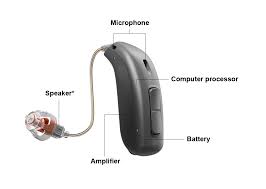

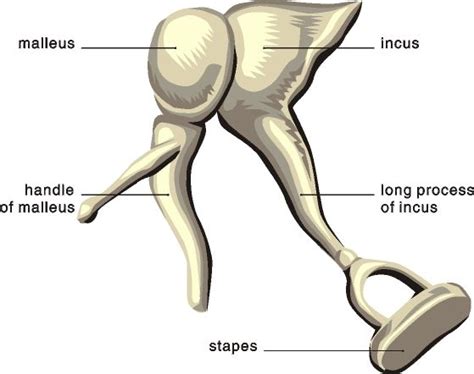
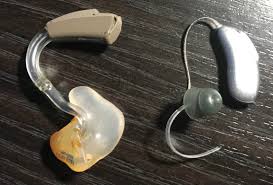
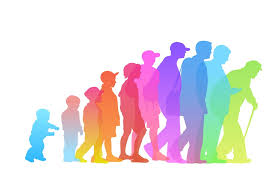
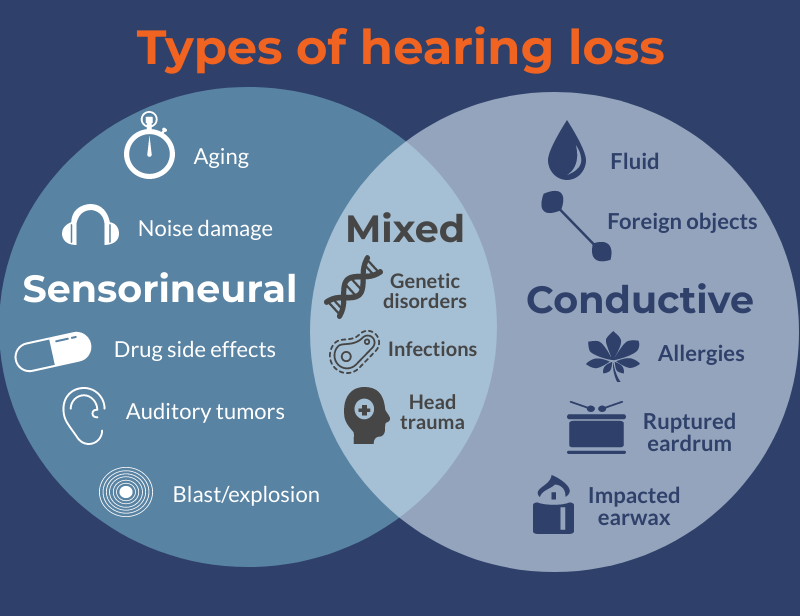



Recent Comments